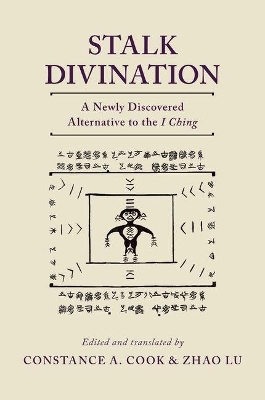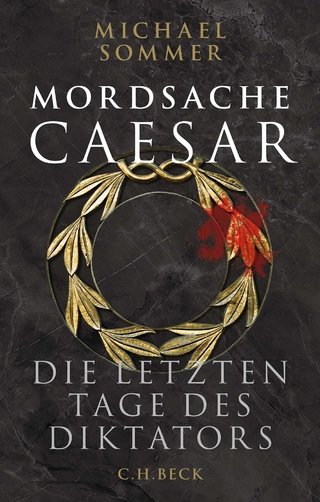
Stalk Divination
A Newly Discovered Alternative to the I Ching
Seiten
2017
Oxford University Press Inc (Verlag)
978-0-19-064845-9 (ISBN)
Oxford University Press Inc (Verlag)
978-0-19-064845-9 (ISBN)
This book presents for the first time a full translation and analysis of a newly discovered bamboo divination manual from fourth century BCE China called the Stalk Divination Method. The manual presents a competing way of interpreting trigrams to the Zhouyi (popularly known as the I-Ching) that was lost over time.
This book presents for the first time a full translation and analysis of a newly discovered bamboo divination manual from the fourth century BCE China, called the Stalk Divination Method (Shifa). It was used as an alternative to the better-known Zhouyi (popularly known as the I-Ching). The Shifa manual presents a competing method of interpreting the trigrams, the most basic elements of the distinctive sixty-four hexagrams in the Zhouyi. This newly discovered method looks at the combination of four trigrams as a fluid, changeable pattern or unit reflective of different circumstances in an elite man's life. Unlike the Zhouyi, this new manual provides case studies that explain how to read the trigram patterns for different topics. This method is unprecedented in early China and has left no trace in later Chinese divination traditions. Shifa must be understood then as a competing voice in the centuries before the Zhouyi became the hegemonic standard. The authors of this book have translated this new text and "cracked the code" of its logic. This new divination will change our understanding of Chinese divination and bring new light to Zhouyi studies.
This book presents for the first time a full translation and analysis of a newly discovered bamboo divination manual from the fourth century BCE China, called the Stalk Divination Method (Shifa). It was used as an alternative to the better-known Zhouyi (popularly known as the I-Ching). The Shifa manual presents a competing method of interpreting the trigrams, the most basic elements of the distinctive sixty-four hexagrams in the Zhouyi. This newly discovered method looks at the combination of four trigrams as a fluid, changeable pattern or unit reflective of different circumstances in an elite man's life. Unlike the Zhouyi, this new manual provides case studies that explain how to read the trigram patterns for different topics. This method is unprecedented in early China and has left no trace in later Chinese divination traditions. Shifa must be understood then as a competing voice in the centuries before the Zhouyi became the hegemonic standard. The authors of this book have translated this new text and "cracked the code" of its logic. This new divination will change our understanding of Chinese divination and bring new light to Zhouyi studies.
C.A. Cook is Professor of Modern Languages and Literature at Lehigh University.She specializes in excavated texts of BCE China and has published in English and Chinese (under the name Ke Heli) Zhao Lu is Research Fellow at the International Consortium for Research in the Humanities, Friedrich-Alexander-University of Erlangen-Nuremberg. He studies the creation and transmission of knowledge in early imperial and early medieval China.
Preface
Introduction
General Principles of Shifa Interpretation
Reflections of Shifa-style Divination in Other Texts
Transcription and Translation
| Erscheinungsdatum | 26.07.2017 |
|---|---|
| Übersetzer | C. A. Cook, Zhao Lu |
| Verlagsort | New York |
| Sprache | englisch |
| Maße | 211 x 142 mm |
| Gewicht | 318 g |
| Themenwelt | Geschichte ► Allgemeine Geschichte ► Altertum / Antike |
| Geisteswissenschaften ► Geschichte ► Regional- / Ländergeschichte | |
| Geisteswissenschaften ► Religion / Theologie ► Weitere Religionen | |
| ISBN-10 | 0-19-064845-7 / 0190648457 |
| ISBN-13 | 978-0-19-064845-9 / 9780190648459 |
| Zustand | Neuware |
| Informationen gemäß Produktsicherheitsverordnung (GPSR) | |
| Haben Sie eine Frage zum Produkt? |
Mehr entdecken
aus dem Bereich
aus dem Bereich


